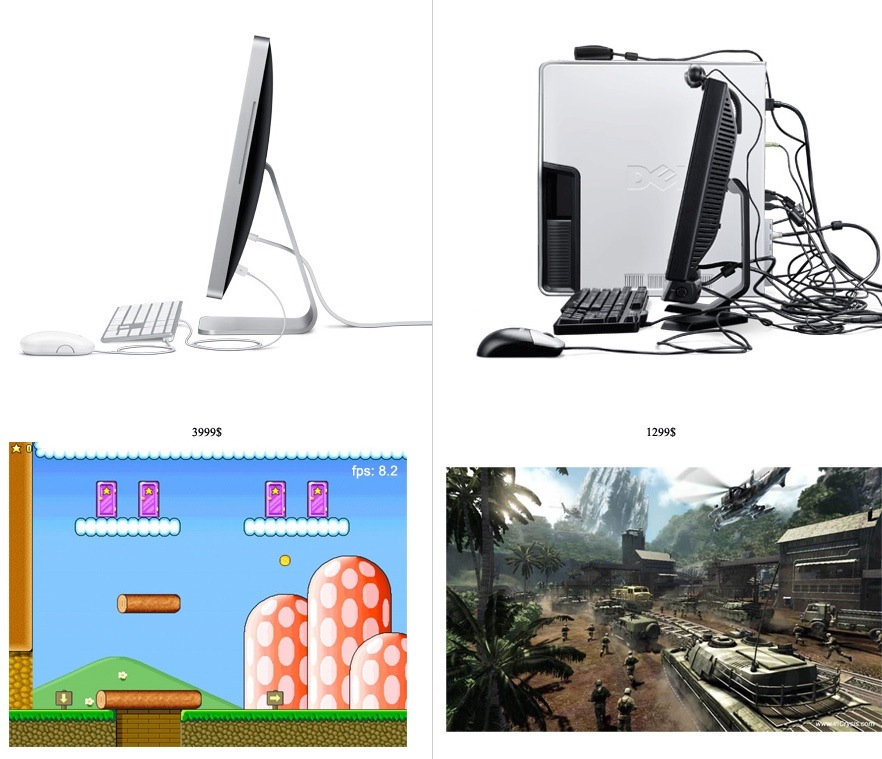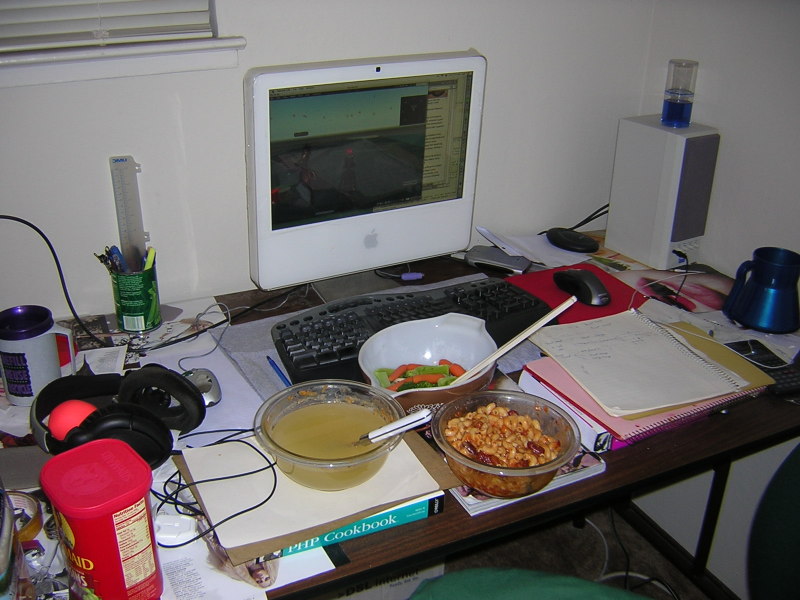
The Cut’s advice columnist Heather Havrilesky answers readers’ questions about how to be in the world. Got a question for Polly? Email askpolly@nymag.com.
Photo: White Fox/AGF/UIG via Getty Images
Hi, Polly,
I feel like a ghost. I’m a 35-year-old woman, and I have nothing to show for it. My 20s and early 30s have been a twisting crisscross of moves all over the West Coast, a couple of brief stints abroad, multiple jobs in a mediocre role with no real upward track. I was also the poster child for serial monogamy. My most hopeful and longest lasting relationship (three and a half years, whoopee) ended two years ago. We moved to a new town (my fourth new city), created a home together, and then nose-dived into a traumatic breakup that launched me to my fifth and current city and who-knows-what-number job.
For all these years of quick changes and rash decisions, which I once rationalized as adventurous, exploratory, and living an “original life,” I have nothing to show for it. I have no wealth, and I’m now saddled with enough debt from all of my moves, poor decisions, and lack of career drive that I may never be able to retire. I have no career milestones and don’t care for my line of work all that much anyway, but now it’s my lifeline, as I only have enough savings to buy a hotel room for two nights. I have no family nearby, no long-term relationship built on years of mutual growth and shared experiences, no children. While I make friends easily, I’ve left most of my friends behind in each city I’ve moved from while they’ve continued to grow deep roots: marriages, homeownership, career growth, community, families, children. I have a few close girlfriends, for which I am grateful, but life keeps getting busier and our conversations are now months apart. Most of my nights are spent alone with my cat (cue the cliché).
I used to consider myself creative — a good writer, poetic, passionate, curious. Now, after many years of demanding yet uninspiring jobs, multiple heartbreaks, move after move, financial woes, I’m quite frankly exhausted. I can barely remember to buy dish soap let alone contemplate humanity or be inspired by Anaïs Nin’s diaries. Honestly, I find artists offensive because I’m jealous and don’t understand how I landed this far away from myself.
Also, within the past year I’ve had a breast-cancer scare and required surgery on my uterus due to a fertility issue. On top of that, I’m 35 and every gyno and women’s-health website this side of the Mississippi is telling me my fertility is dropping faster than a piano falling out of the sky. Now I’m looking into freezing my eggs, adding to my never-ending financial burden, in hopes of possibly making something of this haunted house and having a family someday with a no-named man.
I’m trying, Polly. I am. I’m dating. I’m working out and working hard. Listening to music I enjoy and loving my cat. Calling my mom. Yet I truly feel like a ghost. No one knows who I am or where I’ve been. I haven’t kept a friend, lover, or foe around long enough to give anyone a chance. What’s the point? I don’t care for my job. I’m not building toward anything, and I don’t have the time or money to really invest in what I care about anyway at this point. On top of that, society is telling me my value as a woman is fading fast, my wrinkles require Botox (reference said poor finances), all the while my manager is asking for me to finish “that report by Monday.” Why bother?
My apathy is coming out in weird ways. I’m drinking too much, and when I do see my friends on occasion, I end up getting drunk and angry or sad or both and pushing them away. And with men I date, I feel pressure to make something of the relationship too soon (move in, get married, “I have to have kids in a couple of years”; fun times!). All the while still trying to be the sexpot 25-year-old I thought I was until what seemed like a moment ago.
I used to think I was the one who had it all figured out. Adventurous life in the city! Traveling the world! Making memories! Now I feel incredibly hollow. And foolish. How can I make a future for myself that I can get excited about out of these wasted years? What reserves or identity can I draw from when I feel like I’ve accrued nothing up to this point with my life choices?
Haunted
Dear Haunted,
Art isn’t something you need an outside license or a paycheck to pursue. It’s a way of life. It’s a way of adding up what you feel and where you’ve been and what you fear and what you can imagine. It’s a way of seeing your life through a lens that makes everything — good and bad, confusing and clarifying, uplifting and depressing — valuable.
Shame is the opposite of art. When you live inside of your shame, everything you see is inadequate and embarrassing. A lifetime of traveling and having adventures and not being tethered to long-term commitments looks empty and pathetic and foolish, through the lens of shame. You haven’t found a partner. Your face is aging. Your body will only grow weaker. Your mind is less elastic. Your time is running out. Shame turns every emotion into the manifestation of some personality flaw, every casual choice into a giant mistake, every small blunder into a moral failure. Shame means that you’re damned and you’ve accomplished nothing and it’s all downhill from here.
You need to discard some of this shame you’re carrying around all the time. But even if you can’t cast off your shame that quickly, through the lens of art, shame becomes valuable. When you’re curious about your shame instead of afraid of it, you can see the true texture of the day and the richness of the moment, with all of its flaws. You can run your hands along your own self-defeating edges until you get a splinter, and you can pull the splinter out and stare at it and consider it. When you face your shame with an open heart, you’re on a path to art, on a path to finding joy and misery and fear and hope in the folds of your day. Even as your job is slow and dull and pointless, even as your afternoons alone feel treacherous and daunting, you can train your eyes on the low-hanging clouds until a tiny bit of sunlight filters through. You are alive and you will probably be alive for many decades to come. The numbers on your credit-card statements can feel harrowing, but you can take that feeling and keep it company instead of letting it eat you alive. You can walk to the corner store to buy a newspaper and pull out the weekend calendar section and circle something, and make a commitment to do that one thing. You can build a new kind of existence, one that feels small and flawed and honest, but each day you accumulate a kind of treasure that doesn’t disappear. Because instead of running away from the truth, you welcome it in. You don’t treat what you have as pointless. You work with what you have.
That doesn’t mean it’s easy. It’s not easy for anyone, no matter how many deep roots they might’ve nurtured. I find it very hard, even now, to do the hard things that I need to do in order to feel good. I slip into bad habits easily, without noticing, and my worldview suffers for it. I know exactly which good practices will fuel me and make me wake up to the world around me. I know that, when I’m feeling ashamed and sick inside, I have to stand outside of that feeling and examine it and treat it like a fascinating artifact, something useful, something to build from, something to treasure, even.
Let me be more concrete: Promoting a book — which is what I’ve been doing since my new book came out last month — is fun and exciting. You get to travel and meet new people. But there are aspects of it that feel a little corrosive. Too much focus on the self, on presentation, on sales numbers, on whether or not your work matters. Right now I’m reading the novel Less, by Andrew Sean Greer, and I love the way it captures exactly how insecure writers can be, and how much the world will magically transform around them in order to manifest that insecurity and then torture them with it. But Less is also a story about shame. When you carry around a suspicion that there’s something sort of embarrassing or pathetic about you, you find ways to project that shame onto completely innocuous things. You find ways to tell yourself that everyone is laughing at you behind your back somewhere, possibly at a party where they are serving beautiful tasty drinks but you weren’t invited. You’re too old now. You’re no longer exciting or important. You don’t matter. You never really did.
Shame creates imaginary worlds inside your head. This haunted house you’re creating is forged from your shame. No one else can see it, so you keep trying to describe it to them. You find ways to say, “You don’t want any part of this mess. I’m mediocre, aging rapidly, and poor. Do yourself a favor and leave me behind.” You want to be left behind, though. That way, no one bears witness to what you’ve become.
It’s time to come out of hiding. It’s time to step into the light and be seen, shame and wrinkles and failures and fears and all.
I’ve had to step into the light myself lately. I’ve had to admit that I was building a new haunted house out of my imagination. But my mistakes and experiences and choices brought me to this moment. They might make me sad or embarrassed or regretful, but they’re precious because they give this day its unique mood. When I drag them into the light, I feel better. This is where I can begin. Today, I have countless chances to reinvent and rework and reorder myself and my experience. You do, too. I can figure out some way to make one true connection, to do one hard thing, to savor one moment. So can you.
I know you’re trying. I know you’re working hard, and you’re tired. You don’t like your job, but you don’t feel like you can quit. You wish you hadn’t lived the way you’ve lived. You wish you’d made closer friends and built more lasting relationships and stayed in one place. You feel like you have very little time left. And maybe you don’t even care that much about the time you have left, right now.
But your concept of yourself makes no sense. You got it from a rom-com. Age 35 is not an expiration date on your beauty or your worth. It doesn’t matter if every single human alive believes this. It’s your job to cast this notion out forever. I’m 48 years old and I’m determined not to tell a story about myself that started in some beauty-product boardroom, among unimaginative corporate marketing professionals. I fail at this quest often, but I’m still determined. I’m going to choose to embrace narratives that make me feel more alive and able to contribute whatever twisted crafts I can to this world, while I can.
If you want to build a life with a partner, and have a more satisfying career, and maybe have children, you need to treat yourself like a treasured child starting today. If you had a daughter who was 35 years old and felt like all of her traveling and moving was a giant mistake that embodied everything BAD and shortsighted about her, what would you tell her? You’d tell her she was wrong. You’d say, “Your life is just beginning!”
Learn to treat yourself the way a loving older parent would. Tell yourself: This reckoning serves a purpose. Your traveling served a purpose. Your moving served a purpose. You’re sitting on a pile of gold that you earned through your own hard work, you just can’t see it yet. You can’t see it because you’re blinded by your shame.
It’s okay to be in debt and worried. It’s okay to feel lonely and lost. It’s okay to feel tired of trying. It’s okay to want more and wonder how to get it. You’re just a human, this is how we feel a lot. It’s not irregular or aberrant to feel despair. This is part of survival. Your shame is forming your despair into a merciless story about your worth. Don’t let it do that. Build something else from your shame instead.
What will you build? Only you know that. What is shame worth? You’ll find out once you start digging in.
I’ll start for you. My shame is enormous: I keep seeing that lately. It keeps me online, interacting with ghosts, making meaning out of my pointless little broadcasts and pronouncements. It keeps me scanning the horizons for improvements. My shame keeps me fixated on novelties, on the future, on some exciting version of me that’s only a purchase or a breakthrough away. “You can be better than this,” my shame whispers in my ear. “You need to try harder. You need to hide the scary things you carry around. You need to act like you’ve arrived, even though you’re so inadequate and broken that you never will.”
When I’m hiding from my shame and also viewing my life through the lens of that shame, I get fixated on WHAT NEEDS FIXING. But nothing needs fixing, actually. I need to come back to reality and live there instead. Living in reality means becoming a scientist of shame. It’s an investigation. I can look at my shame, consider it, lament it, celebrate it, treasure it — how it changes the atmospheric pressure, how it makes it possible for me to reach out, to other people, in the hopes of making some connection, how it opens my eyes to the beautiful little awkward minutes of this day. My shame is the fuel that keeps me writing. My shame is the fuel that makes me exercise. My shame gives me a lens for understanding my husband and my kids. My shame makes my work possible. My shame — when I invite it in and forgive it — builds my empathy for others.
Treat yourself well and look closely at your shame. Are you supposed to stay in a job you hate as punishment for your debts? What if you ate baked potatoes and beans and rice for a full year and tried out some new career paths? What if you reached out to other people, and friends, and family, and let your shame into the room with you? What if you simply experimented with being who you are, out in the open, even as that feels difficult and awkward and sad?
What if you just decided that you’re an artist, today, right now? You’re sensitive and erratic, maybe. You’re maudlin and also expansive. What would it look like to own that identity, as a means of making art, sure, but also as a means of owning your FULL SELF? You wouldn’t feel as angry at other artists. You would recognize them as kindred spirits. You might notice how your shame matches theirs, and fuels all of you. You might feel proud of your small creations and you might start to see how every single thing you’ve done, every place you’ve been, every town you’ve lived in and left, every friend you’ve gotten to know and then forgotten, they all add up to a giant pile of treasure.
You are 95 years old, looking back at your 35-year-old self, and this is what you see: a young woman, so young, so disappointed, even though everything is about to get really good. She doesn’t see how much she’s accomplished, how much she’s learned, how many new joys await her. She doesn’t know how strong she is. She is blindfolded, sitting on a mountain of glittering gems. She is beautiful, but she feels ugly. She has a rich imagination and a colorful past, but she feels poor. She thinks she deserves to be berated because she has nothing. She has everything she needs.
Speaking of which, I went to go visit that 93-year-old woman I met on the plane, the one I wrote about a few weeks ago. She had told me her birthday was coming up, so I brought her a birthday card.
But it was difficult. It made me feel dumb to show up at her house with a card. I felt embarrassed for some reason. I even felt a little stupid calling her earlier today, asking if she needed anything. I don’t have a ton of free time. I have a long list of things I should be doing. It feels dopey to call someone new, someone who is much older and probably has other things to do.
But this woman, I like her a lot. She is extremely interesting. She tells long-winded, wild stories. She plays poker and has a lot of friends. She even sang me a song that she wrote in 1968. She grew up during the Prohibition, motherfuckers. She’s had a lot of experiences and she’s made a lot of mistakes, and she doesn’t mind talking about them. She’s a very honest person.
Before I left, she gave me a porcelain cat with a grumpy expression on its face that was sitting outside, covered in dust. She’s getting rid of some of her old things, she said. I’d be doing her a favor by taking it. “I don’t need anything from you, trust me,” I said. “I just like your company.” “Take the cat anyway,” she said.
As I opened the front door, I turned around and told her how nice it was, talking to her. She smiled. “You’re a human being,” she said. “A real human being.”
“I am,” I said. “I wasn’t a few years ago. But I am now.”
All you have to be is a human being, haunted. That’s success. When you’re a human being, life feels satisfying. Everything adds up. Every little thing matters. Look at what you have. This is where it all begins. All you have to do is open your eyes.
Polly
Order Heather Havrilesky’s new book, What If This Were Enough, here. Her advice column will appear here every Wednesday.
Get Ask Polly delivered weekly.
By submitting your email, you agree to our
Terms
and
Privacy Notice
and to receive email correspondence from us.
All letters to askpolly@nymag.com become the property of Ask Polly and New York Media LLC and will be edited for length, clarity, and grammatical correctness.





 Mac vs PC
Mac vs PC xah lee desk imac 2009-04-05
xah lee desk imac 2009-04-05
 Bondi Blue iMac, the first iMac. 1999
Bondi Blue iMac, the first iMac. 1999
 Image copyright
YouTube
Image caption
Ryan's earnings have doubled since last year
Image copyright
YouTube
Image caption
Ryan's earnings have doubled since last year



